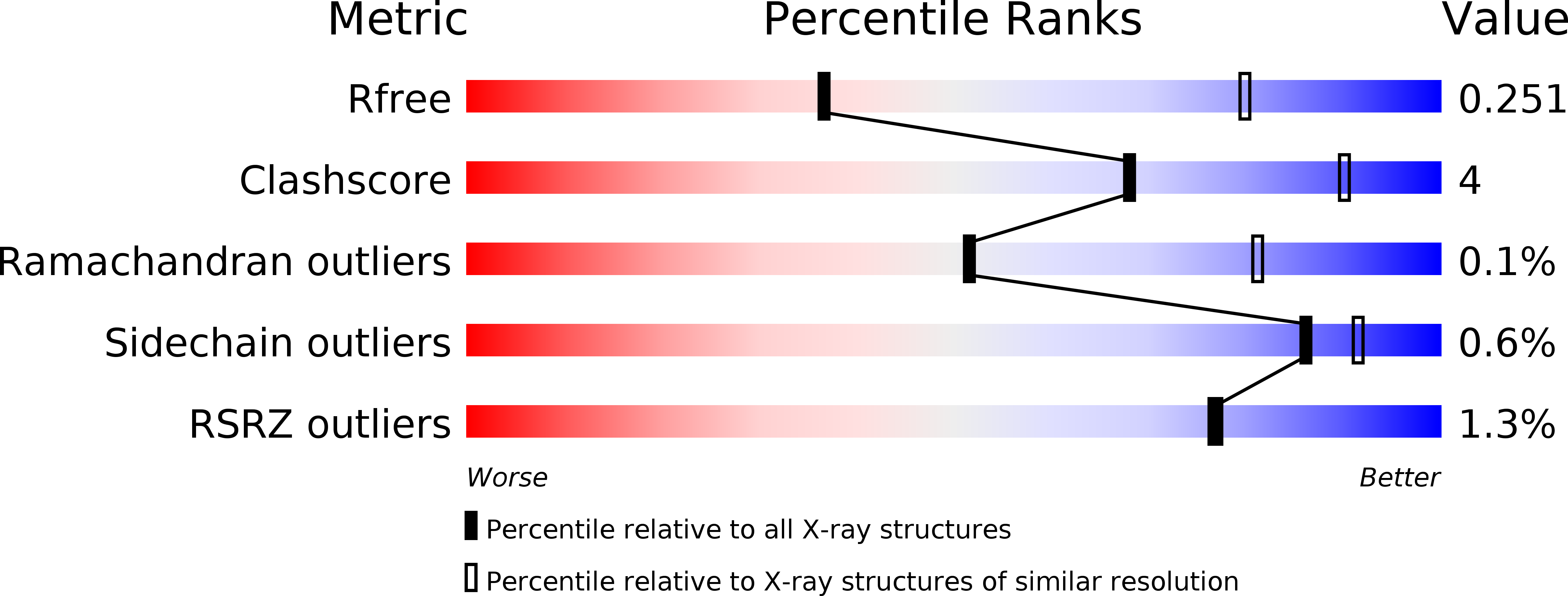
Deposition Date
2017-02-27
Release Date
2017-11-15
Last Version Date
2025-10-01
Entry Detail
PDB ID:
5NA8
Keywords:
Title:
Structure of DPP III from Bacteroides thetaiotaomicron in closed form
Biological Source:
Source Organism:
Host Organism:
Method Details:
Experimental Method:
Resolution:
3.29 Å
R-Value Free:
0.25
R-Value Work:
0.20
R-Value Observed:
0.20
Space Group:
P 21 21 2


